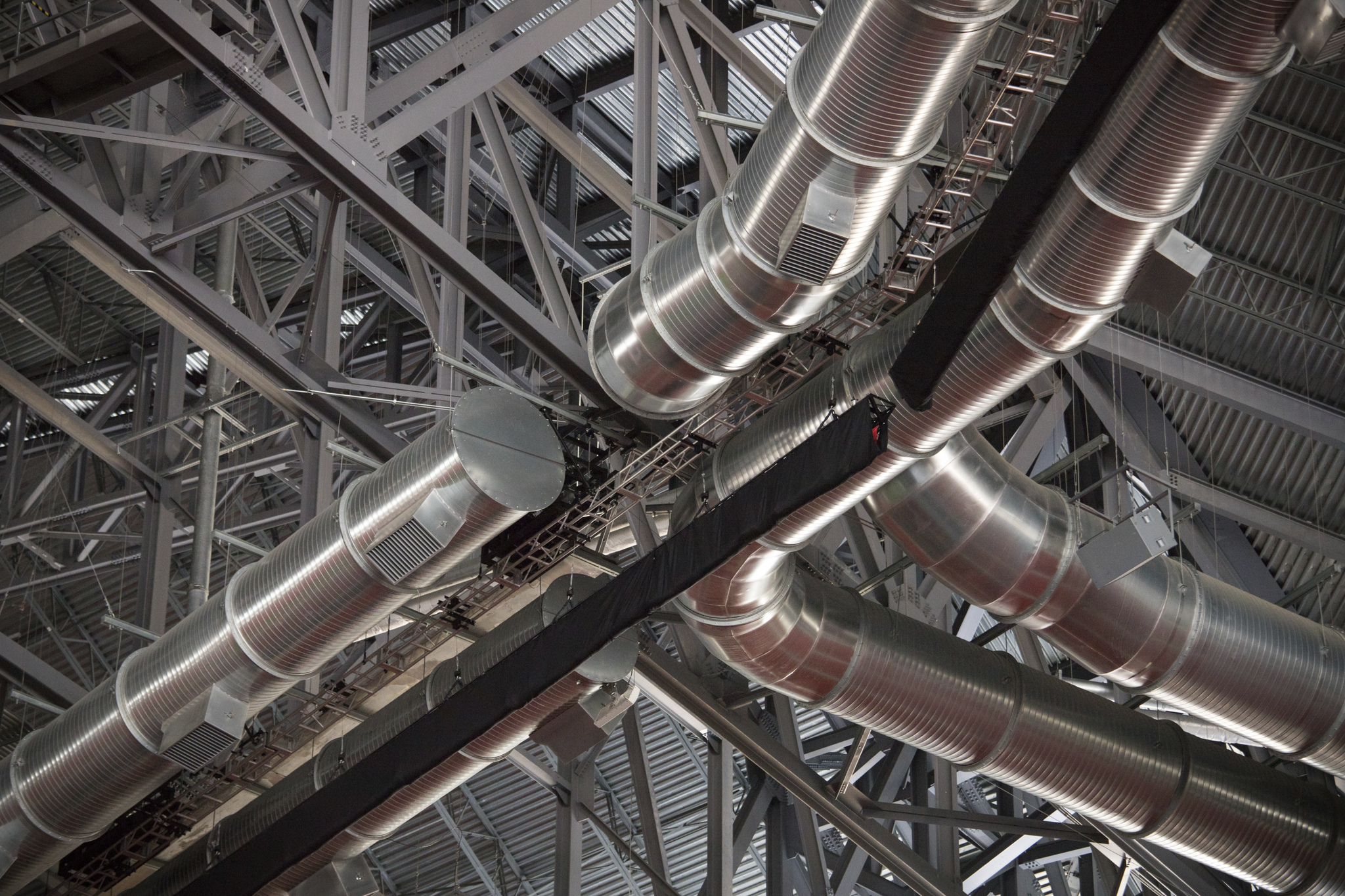Southland Industries is one of the U.S.’s largest building systems expert companies. Because Southland specializes in the design, construction, and service of mechanical, plumbing, fire protection, process piping, automation and controls systems, as well as comprehensive energy services needs, the data needed to work on projects across all of these areas is massive. As their projects grew in scale and scope, so did the amount of data they were producing on a daily basis.
Like many companies that handle large amounts of data, Southland realized that continuing to replicate terabytes of data to 16 locations was unsustainable. Duplicating the files across multiple offices always presents the risk of overwrites, leading to costly rework. Having multiple file versions in different locations also limited the ability for the team to do collaborative work due to the need to pass updated files back and forth.
To pursue its growth objectives, Southland needed a common data environment for collaboration and a unified platform for optimizing joint ventures. They sought a solution that would allow for more collaboration and quicker access to information.
Southland worked with Workspot to deploy Workspot GPU cloud workstations for their employees across their many office locations. Workspot is a cloud-native Desktop as a Service (DaaS) solution. The workstations enable the hundreds of CAD and BIM experts on Southland’s staff to use processing-heavy applications and collaborate on complex 3D designs, all while keeping it secured on the cloud. By partnering with Workspot, Southland Industries was able to increase productivity through the implementation of hardware and software that allows for real-time collaboration.
The “Soft ROI” of cloud migration
Many cloud service providers tout the cost savings, but that can be difficult to quantify, and is not an immediate return on investment, at least from a financial perspective. For Southland there have been significant benefits in terms of other “Soft ROI” – such as keeping their workforce nimble and able to respond to work where it happens. Instead of being limited by the location of branch offices in a particular region, Southland can now send designers to work virtually on projects anywhere.
Israel Sumano, Senior Director of Infrastructure Services for Southland, noted that a major benefit of moving to the cloud was the added agility that it provides to their workforce. Because Southland’s employees are geographically diffuse, and they are not always located in the place where the demand for work is at its highest. During the recession, for example, there were some cities that had more of a slowdown than others. If they had had the DaaS system in place at that time, they could have virtually redeployed some of their workforce from the slower areas to those that were still booming.

Israel Sumano, Senior Director of Infrastructure Services, Southland Industries
“We can deploy our talent wherever it is needed,” says Sumano, “We now have the ability for people on the Las Vegas team to work on a Mid Atlantic Project and have immediate access to the data. [The migration] has allowed our users to share data across all divisions. When we go to a jobsite, we can now send them with just their laptop and they can do what they need.”
“I think [DaaS] is the wave of the future. I don’t think any AEC firm can continue to do this the old way.” -Israel Sumano, Southland Industries
The ability to collaborate from anywhere even helps Southland with bringing in new talent. Employees don’t necessarily have to relocate or travel to the work – meaning that the pool for applicants is much broader, allowing them to engage the best talent globally, and onboard them quickly.
“We can hire anywhere – and that opens up the talent pool,” says Sumano.
While the change was a huge one behind the scenes, the day-to-day workflows were not significantly disrupted. For the user, Sumano said their daily work is “almost exactly the same,” but the versatility of the workforce has increased.
His advice for other firms that may be thinking about switching is to involve their employees in the process, rather than just presenting a final solution. Engaging the “power users” and the staff that have been with the companies the longest can help to increase the adoption of new technology. They can feel comfortable that their needs are being met, and may help to encourage others to be accepting of the change.






